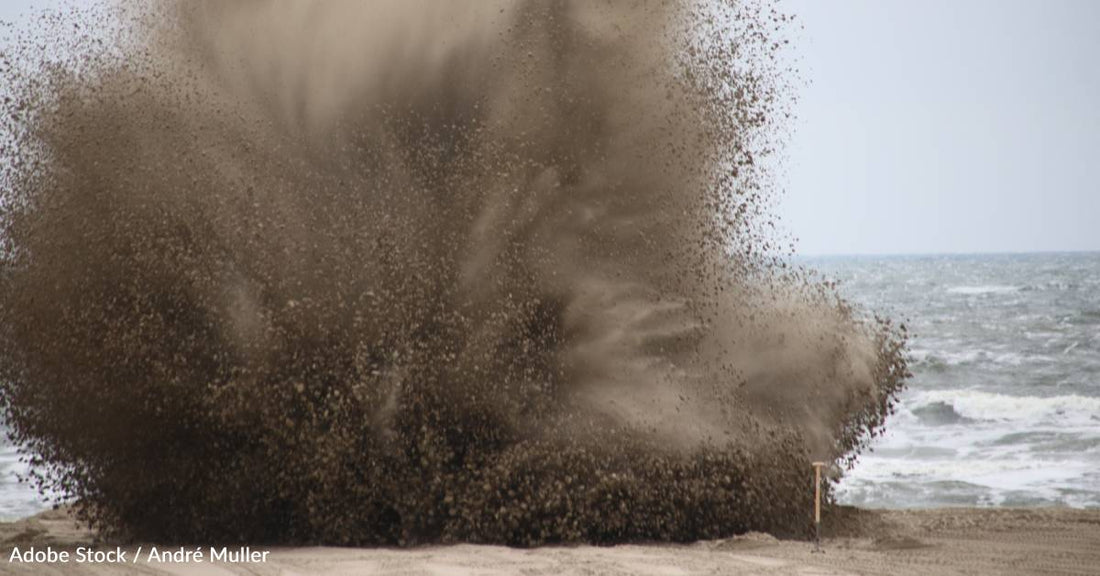Brains of Military Personnel Exposed to Explosions Have Accumulation of Alzheimer's-Related Protein
Michelle Milliken
Traumatic brain injury, which occurs when a blow to the head affects brain function, is a possible risk factor for Alzheimer’s disease. These injuries can happen in sports or car accidents, as well as in military service due to explosions or combat. A new study examined the impact of explosion exposure further, finding that it was linked with a hallmark of Alzheimer’s in the brain.
Research recently published in Radiology, a journal of the Radiological Society of North America, looked at the brains of military instructors exposed to explosions. The study participants were found to have an abnormal accumulation of amyloid-beta, a protein that clumps together to form plaques in Alzheimer’s patients. This was noteworthy, as the instructors were only in their early 30s.
Dr. Carlos Leiva-Salinas, study author and associate professor of radiology at the University of Missouri School of Medicine, explains, "Amyloid-beta is a molecule not normally found in the brains of young patients. Amyloid-beta accumulation in the brain is proposed to be an early event in the pathogenesis of Alzheimer's disease, the most common type of dementia worldwide, impacting millions of people."
To investigate the link between this protein and explosions, the researchers recruited nine military grenade or breacher instructors from Fort Leonard Wood Military Base in Missouri. These instructors teach recruits about hand grenades, explosives, and other ways to force open doors. Nine civilians were also recruited as a control group. None of the participants had a history of concussion, and all of them were males in their early 30s. The study took place between January 2020 and December 2021.
The military instructors, who were regularly exposed to repeated explosions, and age-matched civilians, who were not exposed to these blasts, were evaluated at two stages: Baseline or before blast exposure, and five months afterward. This evaluation included PET scans focusing on amyloid changes in six Alzheimer’s-related brain regions. There was also standard neuropsychologic testing.
The researchers found that six of the nine military instructors had abnormal amyloid accumulation: three of them in one region of the brain, two of them in two regions, and one in three different regions. Meanwhile, the control group had no abnormal accumulation.
Dr. Leiva-Salinas says more research needs to be done to establish the relationship between the frequency and severity of traumatic brain injuries and the amount of amyloid changes in the brain. However, he does say PET scans may be helpful for people in certain professions that carry a risk of these injuries.
He explains, "Non-invasive positron emission tomography, or PET, imaging could be used to identify early-stage amyloid-beta accumulation in individuals or professions exposed to traumatic brain injury such as military personnel, police officers, firefighters, football players, etc.”
According to the Alzheimer’s Association, the effects of traumatic brain injury can include depression, confusion, difficulty learning and remembering new information, trouble speaking coherently, lack of coordination, and a possible increased risk of Alzheimer’s or other dementias.




